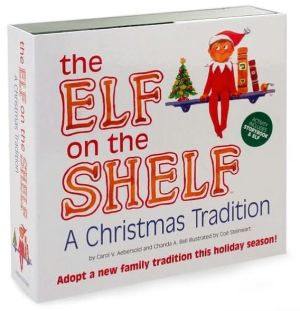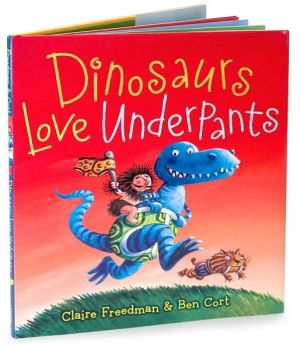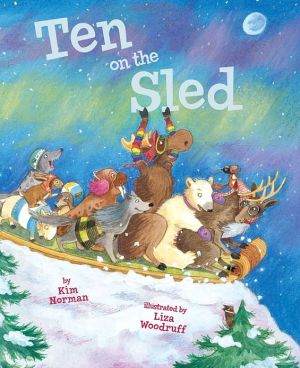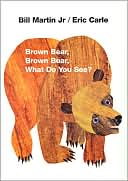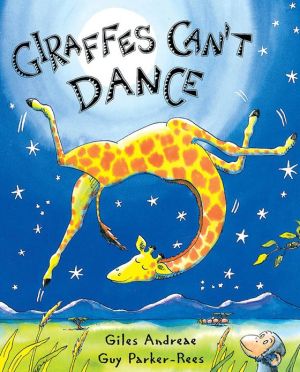Children Make Terrible Pets
Check out this rollicking, humorous, and heartwarming twist on the classic "first pet" story about a young bear and her favorite pet boy!\ When Lucy, a young bear, discovers a boy in the woods, she's absolutely delighted. She brings him home and begs her mom to let her keep him, even though her mom warns, "Children make terrible pets." But mom relents, and Lucy gets to name her new pet Squeaker.\ Through a series of hilarious and surprising scenes, readers can join Lucy and Squeaker on their...
Search in google:
Check out this rollicking, humorous, and heartwarming twist on the classic "first pet" story about a young bear and her favorite pet boy!When Lucy, a young bear, discovers a boy in the woods, she's absolutely delighted. She brings him home and begs her mom to let her keep him, even though her mom warns, "Children make terrible pets." But mom relents, and Lucy gets to name her new pet Squeakers. Through a series of hilarious and surprising scenes, readers can join Lucy and Squeakers on their day of fun and decide for themselves whether or not children really do make terrible pets.The New York Times - Lisa Von DrasekJoyfully animated illustrations depict Lucy in a pink tutu and Squeaker as a typical boy in a striped shirt and sneakers. The way each page is framed in a faux wood finish gives the pictures the look of a vintage television console.
\ Publishers WeeklyIn this tongue-in-cheek role reversal, a girlish bear named Lucy makes a pet of a small boy. She declares him "the cutest critter in the whole forest" and begs her mother, "Can I keep him, please?" Her mother, unbearishly seated in a comfy chair and reading a book, delivers the title's sound advice, but allows Lucy to keep the boy. Brown (The Curious Garden) mimes the escalating challenges of animal care. The boy, who Lucy names Squeaker, "because he makes funny sounds," throws tantrums and will not use a litter box. Lucy is relieved when Squeaker escapes home, where his family enjoys a backyard picnic as though he had not been absent. Even though Brown's humans wear clothes and live in a house, they are basically squirrels: they all say "squeak" from the bears' POV, while the bears act like flummoxed babysitters: Lucy walks upright in a tutu, her mother wears a skirt and pearls, and their dialogue appears in prim construction-paper voice bubbles. Framed in wood-grain borders, the action takes place in an artificial outdoors and parodies those who are pushovers for exotic specimens. Ages 3–6. (Sept.)\ \ \ \ \ Children's Literature\ - Ken Marantz and Sylvia Marantz\ In this surreal and amusing twist on the story of a child bringing a pet home, Lucy, a bear with a pink tutu and hair ribbon, discovers a small boy admiring her. Calling him "the cutest critter..." she asks her mom if she can keep him. Although she warns Lucy that children make terrible pets, her mother says she can, if she takes complete responsibility for him. They play, eat, and even nap together. But Squeak, as Lucy calls him, is not an easy pet. He won't potty train; he ruins the furniture, misbehaves, and then disappears. After looking everywhere, Lucy finally follows his scent through the forest. When she finds him, he is with his family; Lucy realizes that it is where he belongs. Her mother was right. Yet there is a provocative ending. The illustrations, "rendered in pencil on paper, with cut construction paper and wood and a wee bit of digital tweaking" produce stylized bears and child. The characters are sometimes set in frames but mainly without contexts. The text and dialog are printed on colored papers pasted to the pages. . Don't miss the contrasting front and back end pages. Reviewer: Ken Marantz and Sylvia Marantz\ \ \ School Library JournalPreS-Gr 3—A family celebrates the Day of the Dead in typical Latin American style in this video presentation of Bob Barner's lovely bilingual book (Holiday House, 2010.) El dia de los muertos actually lasts several days, starting on Halloween, and centers on just what the name implies—the dead. While to some this might seem macabre, the holiday is actually a joyous time to remember loved ones who have passed on and to recognize the power of family relationships. Viewers are introduced to food, music, dance, customs, and other aspects of the holiday. Limited animation is used on Barner's vibrant collage illustrations, adding movement and flow. Original music with a Latin flair impels the program forward. The text is simple and evocative, creating an emotional connection. The production ends with a quick overview of how the holiday is celebrated. Viewers can choose either English or Spanish narration, aptly and richly provided by Rita Moreno, and the same choice of languages is given for subtitles. While ghosts and skeletons abound in the illustrations, they are never frightening. Those unfamiliar with this holiday will enjoy the chance to learn about it and to compare and contrast it with their own family customs. Children who celebrate the holiday will delight in seeing it so well presented. An excellent addition to school library collections.—Teresa Bateman, Brigadoon Elementary, Federal Way, WA\ \ \ \ \ School Library JournalPreS-Gr 1—Lucy, a young brown bear in a pink skirt and hair bow, meets the most adorable little boy in the forest one day. She takes him home, excitedly shows him to her mother, and begs, "Can I keep him, PLEASE?" Though her mother warns her that "children make terrible pets," Lucy is bound and determined to prove her wrong. Agreeing to take full responsibility for her new companion, Lucy and Squeaker eat, play, and nap together. However, the cub soon finds that there is some truth to her mother's admonitions. The child is hard on the furniture, creates chaos everywhere, and absolutely refuses to be potty trained. When Squeaker goes missing, Lucy tracks him down and discovers that all involved will be better off if the lad remains where she finds him. It's a hard truth, but Lucy has to admit that her mother was right. The amusing, soft-hued illustrations on tan backgrounds are worked in pencil on cut construction paper and a bit of "digital tweaking." Each spread is placed on frames made of a variety of woods. The dialogue is shown in speech bubbles, hand lettered by the author/illustrator, while the narration is placed in rectangular boxes. Appealing and humorous, with a lesson to boot!—Maryann H. Owen, Racine Public Library, WI\ \ \ \ \ Kirkus ReviewsLucy, a tutu-clad bear child, begs her mother to allow her to keep a small boy she finds in the forest. Despite the titular misgivings, Mom relents, and Lucy and Squeaker (all he ever says is "squeak") play happily together for a time before—surprise!—problems emerge. Squeaker is "impossible to potty train" (he glowers from the litter box), ruins the furniture by jumping and tearing it apart, throws food at tea parties and then disappears altogether. Heartbroken, Lucy searches for him, and when she finally finds him with his human family, rightly decides to leave him there, concluding, "I guess some critters just aren't meant to be pets." The art, with narration in green text boxes and conversations in pink speech balloons, was created with pencil, construction paper, wood and computer. Squeaker, perhaps intentionally, is undeveloped and unconvincing, but the blocky bears are appealing. The story lacks depth and subtlety, although young children may find the role reversal hilarious, and the catchy title and '50s nouveau art provide a soupçon of charm. (Picture book. 4-7)\ \ \ \ \ \ Lisa Von DrasekJoyfully animated illustrations depict Lucy in a pink tutu and Squeaker as a typical boy in a striped shirt and sneakers. The way each page is framed in a faux wood finish gives the pictures the look of a vintage television console.\ —The New York Times\ \
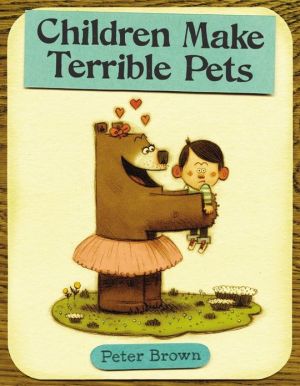
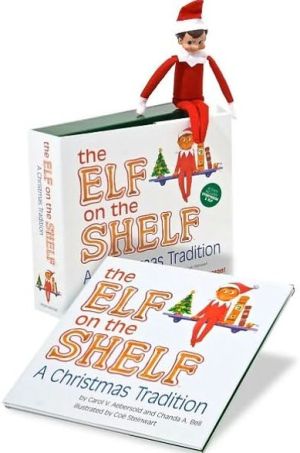
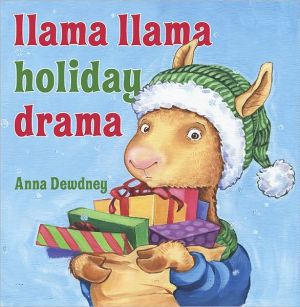
![Tickle Monster Laughter Kit [With Tickle Mitts] Tickle Monster Laughter Kit [With Tickle Mitts]](/application/data/covers/98/35/9781932319835.jpg)
